MISTRAL is a new generation receiver installed on the Sardinia Radio Telescope (SRT) and built by the Sapienza University of Rome for the National Institute for Astrophysics (INAF) as part of the upgrade of the radio telescope for the study of the Universe at high frequencies, funded by a PON (National Operational Program) project, concluded in 2023 and now providing its first significant scientific results. MISTRAL stands for “MIllimetric Sardinia radio Telescope Receiver based on Array of Lumped elements kids”….
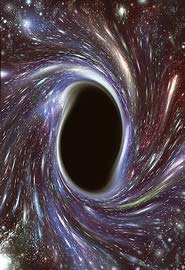
Miniature physics phenomena could show hidden shades of space.
An event horizon is dawning in laboratories. Using frozen light, physicists hope to mimic this peculiar cosmic phenomenon and glimpse something like the belches of a black hole.
At the event horizon – the rim of a voracious black hole – dimensions as we know them disappear. To an observer on a spaceship, light and time appear to stand still. A floating spaceman would seem to slow and stop.
“It’s very d

ESA’s new micro-satellite PROBA has captured its first test images of the Earth’s surface using its small but powerful optical instrument, just two months after its launch from the Indian equator.
PROBA (Project for On Board Autonomy), the size of a small box and in orbit 600 km above the Earth’s surface, has provided scientists with its first detailed environmental images thanks to CHRIS – a Compact High Resolution Imaging Spectrometer – the main payload on the 100 kg European spacecraft.
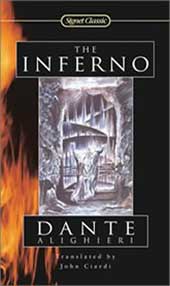
New computer programme could settle literary debates.
To date, unlike us, computers have struggled to differentiate a page of Jane Austen from one by Jackie Collins. Now researchers in Italy have developed a program that can spot enough subtle differences between two authors’ works to attribute authorship 1 .
The program can tell a text by Machiavelli from one by Pirandello, Dante or a host of other great Italian writers. It constructed a language tree of the

Playing virtual reality computer games could provide the answer to combating motion sickness.
Scientists are looking at how feelings of nausea can be induced in people who are put into a virtual reality environment. By putting them back into that environment on a frequent basis the researchers are hoping to find out if they become accustomed to the conditions and overcome the symptoms of motion sickness.
The research is being carried out by scientists at Loughborough Univers
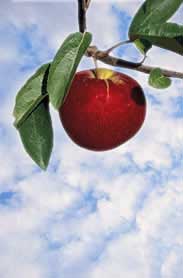
Researchers finally measure the subtle quantum effects of fourth fundamental force.
Far from falling smoothly, objects moving under gravity do so in lurching, quantum leaps, a French experiment has revealed 1 . The finding confirms that gravity, like the Universe’s three other fundamental forces, can have a quantum effect.
Particles, such as electrons confined to their orbital shells around the nucleus of an atom, are restricted by the rules of quantum mechan
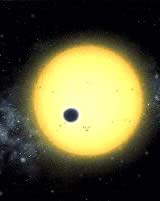
Belt tightening cloud could have silver-lining for Europe’s planet hunters
European planet hunters are rallying round a beleaguered effort to launch the first spacecraft that might detect Earth-like planets beyond our own Solar System. Meeting in London last week they agreed that the low-cost, low-risk mission has a lot to offer.
The planet-spotting mission Eddington has been approved by the European Space Agency (ESA), but is currently on hold awaiting funds; unless they ma

A DEVICE that records and recognises what people are discussing at meetings – and alerts them if decisions are being re-made – is being developed with the help of information systems experts at Staffordshire University.
Staffordshire and Lancaster Universities have been jointly awarded £714,000 by the Engineering and Physical Sciences Research Council (EPSRC) to carry out the cutting-edge research project which will be partly based on artificial intelligence (AI) technology.
Profes

The astronomy textbooks will have to be rewritten, say astrophysicists at the University of Sussex who have re-examined standard calculations about solar evolution and the distant future of the Earth.
The textbooks tell us that one day the Sun will burn up its nuclear fuel and expand to an enormous size, finally engulfing its inner planets including Earth. However, using the latest data based on real stars, the University of Sussex researchers suggest a (slightly) less catastrophic future f
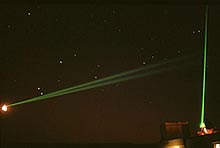
A crystal that holds light could facilitate quantum computing.
Researchers in the United States and Korea have brought light to a complete standstill in a crystal. The pulse is effectively held within the solid, ready to be released at a later stage.
This trick could be used to store information in a quantum computer 1 .
Normal computers store information in simple binary form (1’s and 0’s) in electronic and magnetic devices. Stationary light pu

In the 1990s, we dubbed the Internet the `information superhighway`. So why is it still so hard to find what we are looking for online? According to Prof. Wendy Hall of the University of Southampton, it is because the web is mostly linkless. What`s more, if we want the Web to be useful in our daily lives, web links will have to become much more personal.
Prof. Hall is head of Southampton`s Intelligence, Agents, Multimedia (IAM) Research Group. She says that hand-crafted websites generally c
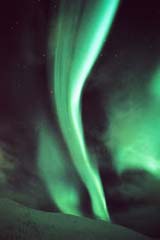
Satellites have detected the shifting forces that weave the Northern Lights.
A group of four spacecraft has given scientists their first glimpse of the immense electrical circuit above the Earth that creates the shimmering veil of the aurora borealis, or Northern Lights 1 .
In January 2001 the four satellites of the European Space Agency’s Cluster mission encountered a beam of electrons moving away from the Earth near the North Pole. The beam was on the outwa
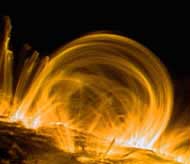
American Geophysical Society Meeting, San Francisco, December 2001
The Sun’s violent outbursts have deep and twisted origins.
The Sun’s violent eruptions of material and magnetic energy have deep and twisted origins, researchers told this week’s American Geophysical Union Meeting in San Francisco, California.
These coronal mass ejections (CMEs) cause the aurora, seen at the Earth’s poles, and can knock out spacecraft. An understanding of what drives CMEs may one da
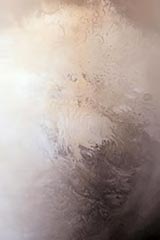
Mars’ polar ice caps are slowly melting.
The martian ice caps are shrinking. As they are made mostly of frozen carbon dioxide, this evaporation could trigger an increase in Mars’ own greenhouse effect.
Images from the Mars Global Surveyor spacecraft show that ice ridges and escarpments have retreated over the past two years or so. The orbiting probe has also captured the ice thickening and thinning with the passing seasons.
The reason for the change is not yet clea

In any computer’s hard drive, magnetic fields spin electrons this way or that. Now physicists have demonstrated that an electric field can do the same when applied to electrons in semiconductors. And unlike the older magnetic approach, their new device, called a spin gate, is capable of easily imparting a range of spin values. The team’s results, described in a report appearing today in the journal Nature, may one day help to scientists realize the ideal of spintronics—quantum computing based on ele

Astronomers from the University of Pennsylvania, in collaboration with an international team of researchers, have made the first direct detection and measurement of the properties of a dark matter object in the Milky Way.
This observation of a gravitational microlensing event — a temporary increase in the brightness of a background star during the time it takes dark matter to pass in front of it — is reported in today’s issue of Nature.
“By measuring its mass, distance and velocity, w
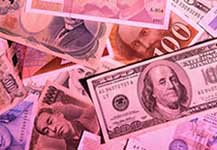
A balanced portfolio of programs could mean a faster quantum computer.
Strategies from the world of finance could help get the best out of quantum computers, say US researchers 1 . The right portfolio of programs could solve a problem many times faster than a single strategem.
Quantum computers – purely hypothetical as yet – would be fast, but you could never be sure whether a program was going to work or not. You would have to keep running the program until